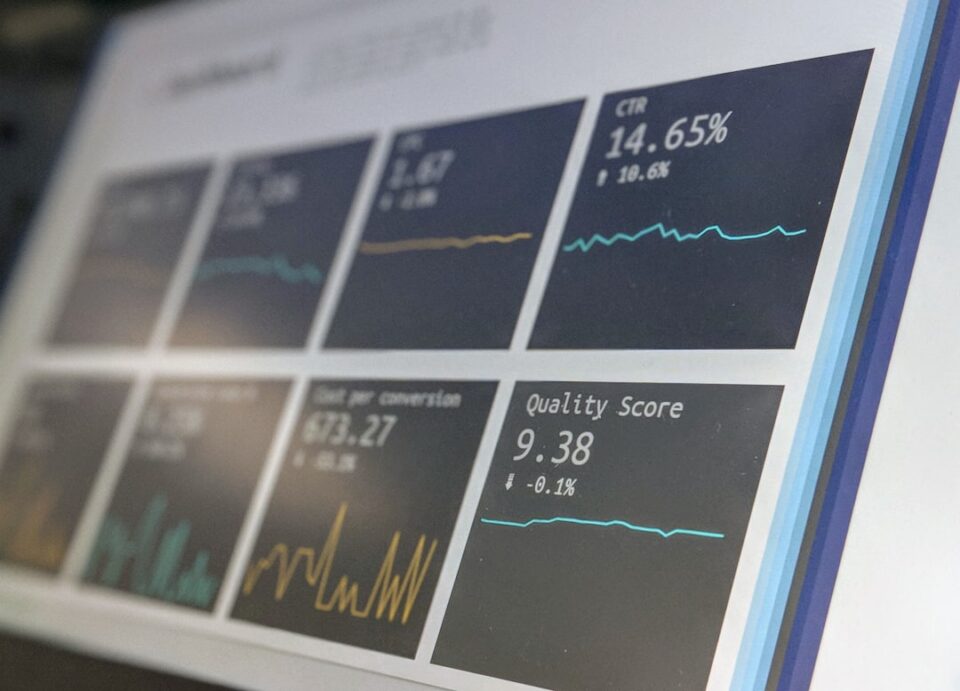The Rise of Internet of Things (IoT) Devices
In today’s digital age, the Internet of Things (IoT) has become increasingly popular, connecting various devices over the internet and allowing them to communicate with each other. This technology has reshaped the way we interact with our surroundings, making our lives more convenient and efficient. From smart homes to connected cars, IoT devices are transforming the way we live, work, and play.
One of the main drivers behind the rise of IoT devices is the increasing availability of affordable and reliable internet connectivity. With the advent of high-speed internet and the widespread adoption of wireless technologies such as Wi-Fi and Bluetooth, it has become easier than ever to connect devices to the internet and enable them to communicate with each other. This connectivity has paved the way for a wide range of IoT applications, from smart thermostats and security cameras to connected cars and wearable devices.
Another key factor fueling the growth of IoT devices is the rapid advancement of sensor technologies. Sensors are essential components of IoT devices, enabling them to gather data from the physical world and transmit it over the internet. As sensors have become smaller, cheaper, and more energy-efficient, they have made it possible to embed them in a wide variety of devices, from appliances and gadgets to industrial equipment and infrastructure. This has made it possible to collect and analyze data in real-time, enabling more intelligent decision-making and automation.
The proliferation of smartphones and other mobile devices has also played a significant role in the rise of IoT devices. With the increasing popularity of smartphones and the rise of mobile apps, it has become easier for consumers to control and interact with IoT devices from anywhere, at any time. This has made it possible to monitor and manage our homes, cars, and other devices remotely, giving us greater control and flexibility over our surroundings.
As IoT devices have become more common in our everyday lives, concerns about privacy and security have also grown. With more devices connected to the internet, there is an increased risk of hacking and unauthorized access to personal data. This has led to a greater emphasis on security measures such as encryption, authentication, and access control to protect IoT devices from cyber threats. Manufacturers and developers are also working to build more secure and resilient IoT devices, incorporating security features into their designs from the outset.
Despite these challenges, the potential benefits of IoT devices are vast. By connecting devices and sharing data over the internet, IoT devices have the potential to revolutionize a wide range of industries, from healthcare and agriculture to manufacturing and transportation. In the healthcare sector, for example, IoT devices such as wearable sensors and remote monitoring systems can help patients manage chronic conditions, track their health metrics, and communicate with healthcare providers in real-time. In agriculture, IoT devices can help farmers monitor soil conditions, weather patterns, and crop health, enabling them to optimize their farming practices and improve crop yields.
In the industrial sector, IoT devices are transforming the way factories and supply chains operate, enabling greater automation, efficiency, and productivity. By connecting machines, sensors, and other devices to the internet, manufacturers can monitor and optimize their production processes in real-time, predict equipment failures before they occur, and streamline their operations. This can lead to cost savings, improved quality, and faster time-to-market for products.
The rise of IoT devices is also reshaping the way we live in our homes. Smart home devices such as thermostats, lighting systems, and security cameras can be controlled remotely through a smartphone app, allowing homeowners to monitor and adjust their home environment from anywhere. These devices can also learn user preferences over time and adjust their settings automatically, making our homes more comfortable, energy-efficient, and secure.
As the number of IoT devices continues to grow, so too will the opportunities and challenges they present. From healthcare and agriculture to manufacturing and transportation, IoT devices have the potential to revolutionize the way we live, work, and play. However, this rapid proliferation of connected devices also raises important questions about privacy, security, and data governance that must be addressed to ensure the responsible and ethical use of this technology.
In conclusion, the rise of IoT devices is transforming the way we interact with our surroundings, enabling greater connectivity, convenience, and efficiency. As more devices become connected to the internet, the potential benefits of IoT technology are vast, spanning a wide range of industries and applications. By addressing the challenges of privacy and security and harnessing the potential of IoT technology responsibly, we can unlock its full potential and create a more connected and intelligent world.

